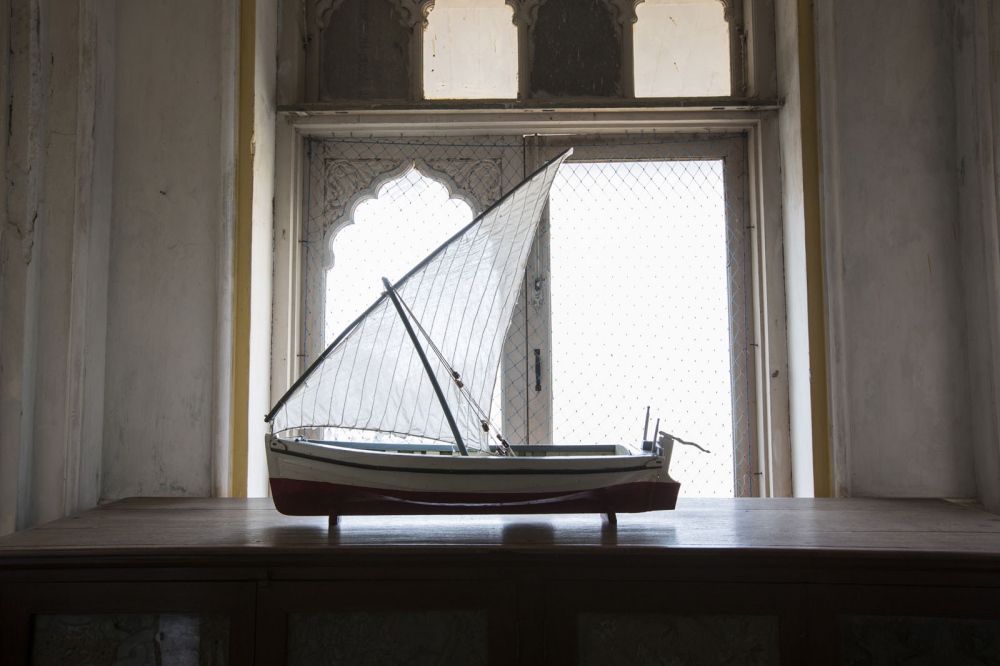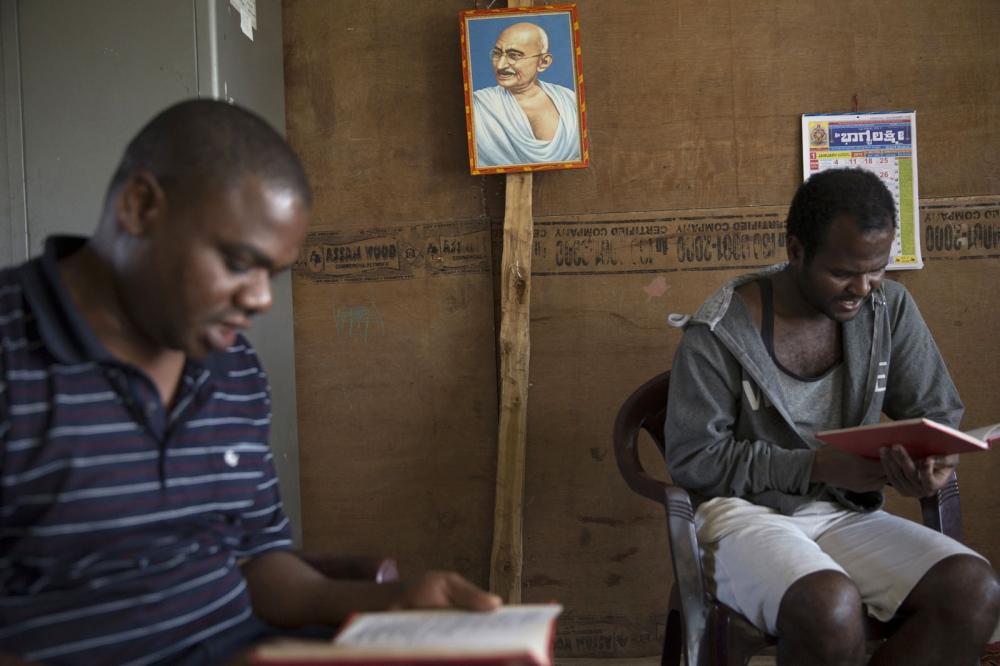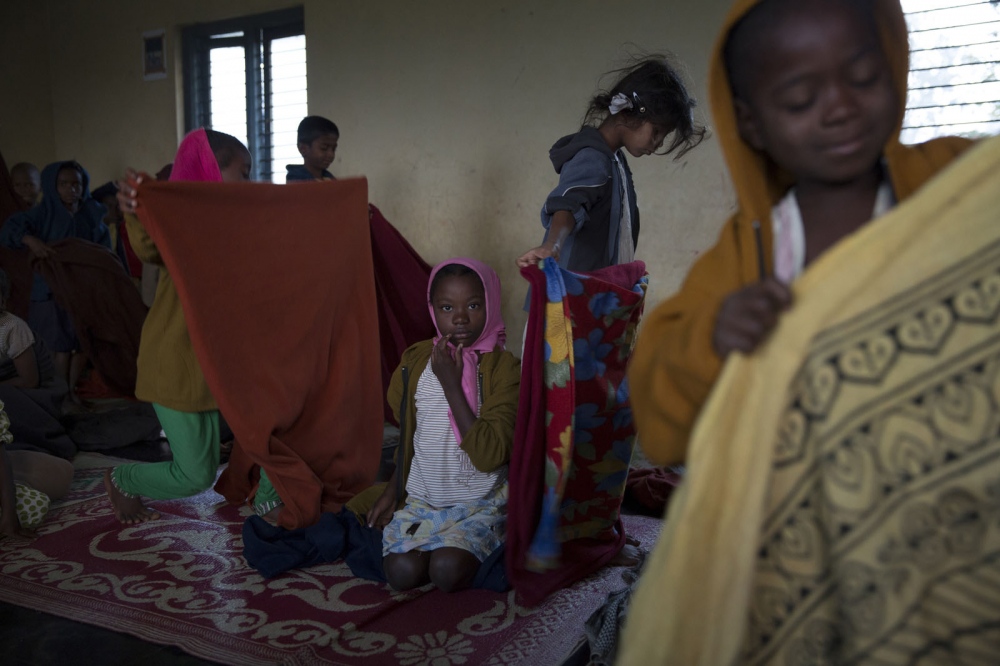Much study and documentation has been done into the Western movement of slaves from Africa, that forcibly brought over 10 million Africans across the perilous waters of the Atlantic Ocean. But this wasn’t the only slave route that existed, ruthlessly taking African’s from their homes to foreign lands.
The movement east across the Indian Ocean, between the first and 20th century, is believed to have involved around 4 million people. Beginning with the Arabs and the Ottomans, the trade was later continued by the Portuguese, the Dutch, the French and the British, helping to fuel their colonial expansion and even to help fight against the countries they were trying to maintain control over.
Scholars estimate that in the 19th Century alone, around 350,000 Africans were forcibly moved to the Arabian Peninsula and then onwards to Iran and the Indian Sub-Continent with the then powerful Omani rulers of Zanzibar largely facilitating and controlling the vast majority of the trade.
Not all migration was forced however, as African traders, travelers and mercenaries also sailed the same route but as free people in their small wooden dhow boats. Mastering the monsoonal winds that change direction twice a year allowed these sail-powered vessels to travel to and fro.
The abolition of slavery began in the 19th century led by the British, whose own citizens created a strong and powerful abolition movement pressuring the Government to put an end to it. With their headquarters in Mumbai, India they sent out anti-slavery ships to intercept the incoming slave-boats and stopped ships of other powers forcing them to release their slaves. As a result, thousands of boats were intercepted and slaves already living on the continent were slowly released over time as deals were made between colonial powers, the Sultan’s of Oman who controlled much of the trade and their customers, the powerful and the wealthy of South Asia. Whilst some returned to Africa many stayed, forming unique communities that still exist today.
But such freedom left many stranded in a foreign land that was subject to a rigid social hierarchy, and being freed slaves and outsiders this African diaspora were considered the bottom of that hierarchy. Many communities travelled in land, away from the coastal communities to remote forested locations where they were the dominant group hence safe from persecution and free to live peacefully.
As a result there are African diaspora populations across western South Asia, and indeed throughout the peripheries of the Indian Ocean, that still survive today. Known as the Sidi in India and the Sheedi in Pakistan they number around 75,000 combined.
Pakistan is considered to have the largest African diaspora with a very active population of around 50,000. India has approximately 25,000 people of African origin know, locally as Sidi, with most living in the provinces of Gujarat and Karnataka in almost entirely African exclusive villages. Whilst assimilated in to Indian culture they often live separately and on the fringes of society.
There were exceptions and India has a long history of freed African slaves, working as soldiers and bodyguards of Maharajah’s, who once released rose to become powerful rulers in their own right controlling armies of thousands and creating small Kingdoms. Between the 17th and 20th century African’s controlled a 300km stretch of coastline from Mumbai to Goa.
Still today, direct descendants of two Royal families of African lineage survive. Family members of the Janjira and Sachin Royal families still live around the west coast of India, mostly in Mumbai and Gujarat. And further in land exist a regiment of African descendants who were the private army of the Nizam of Hyderabad.
One doesn’t need to look too hard in to the history of South Asia to find mentions of African’s who played an important part in the turbulent past of the sub-continent. And this is where the connection between the past and today becomes confusing. You can read books talking about the Nawab of Janjira, the most powerful African ruler in India but find almost nothing about the people brought as slaves from Africa.
Unlike the Atlantic slave trade there is very little documentation of the trade. So, the question of who? from where? Even how many? is very difficult to be answered. Once they arrived in Zanzibar’s notorious slave market their identity vanished and after arriving in South Asia if they weren’t to join famous army regiments of Kings they disappeared into a life of hard undocumented labour.
The powerful African past recorded in history books play in stark contrast to the life of the vast majority of African slaves brought to the sub-continent and indeed to situation of the sidi/sheedi today. Most live on the fringes of society, often poor farmers and in remote villages, suffering from discrimination they receive little opportunity in modern day South Asia.
However, this is slowly beginning to change as more gain access to higher education, they are beginning to form their own Societies and organizations, helping the development of their own communities but it is awareness of their communities, of their people, that they crave. They are proud of their African roots and those few aspects of African culture that has survived time especially in music and dance, is celebrated.
But academia and modern media have largely ignored them, or rather never even known about them. Studies do exist and books have been written and certain media outlets have even visited their villages and celebrated this unique phenomenon of the existence of ‘African-villages’ in India but that is where it ends and the media moves on.
The aim of my project is to bring them a real voice by creating an in-depth photographic documentary of their culture of the various communities in India and Pakistan. And it is through these photographs that their stories and culture will be told which will ultimately instigate change.
You can learn more about this project on www.thesidiproject.com.






























